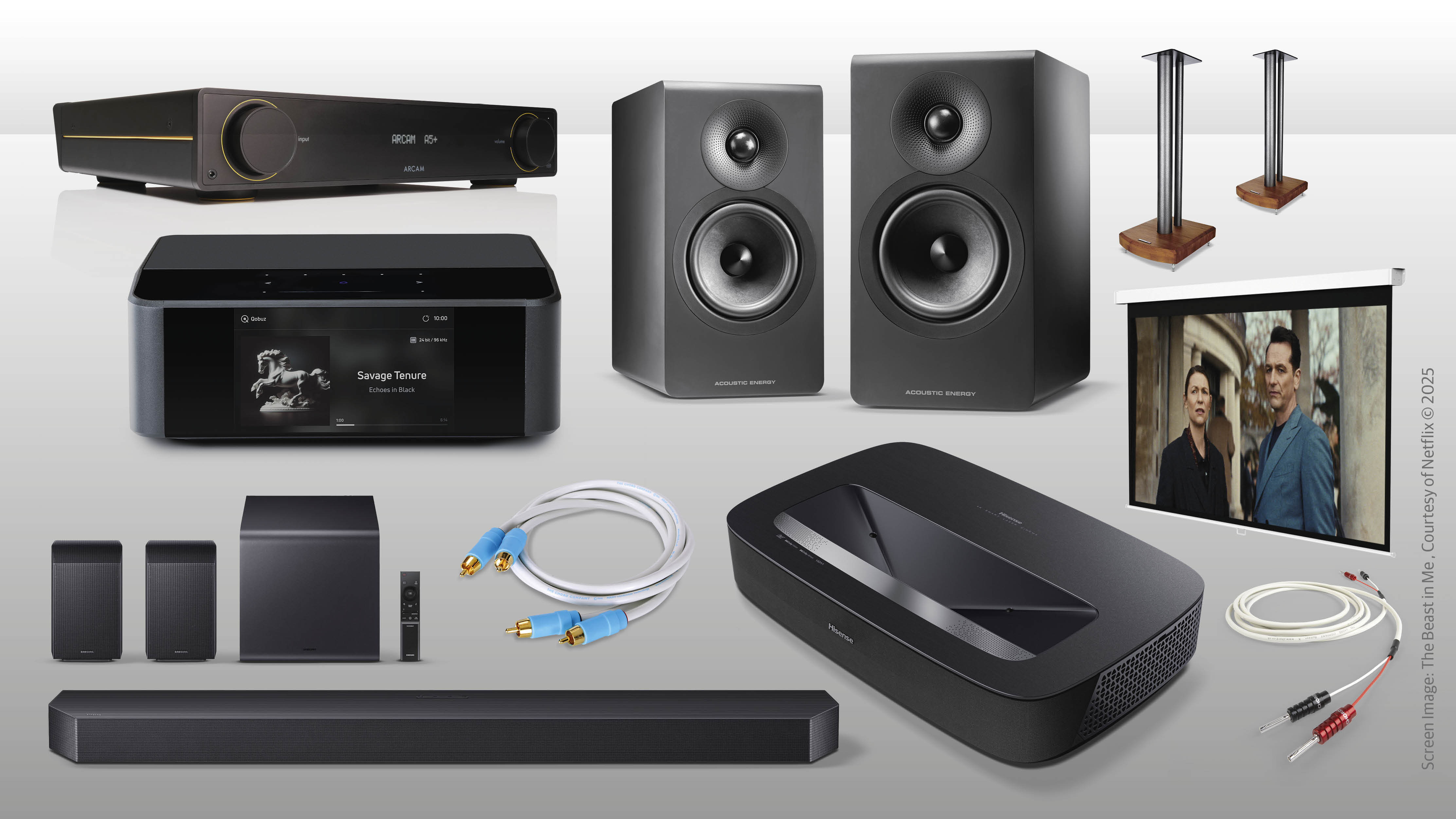Hisense U8Q vs TCL C8K: which 65-inch Mini LED TV should you buy?
Two blindingly bright Mini LED TVs go head-to-head – but which one is worthy of standing proudly in your living room?
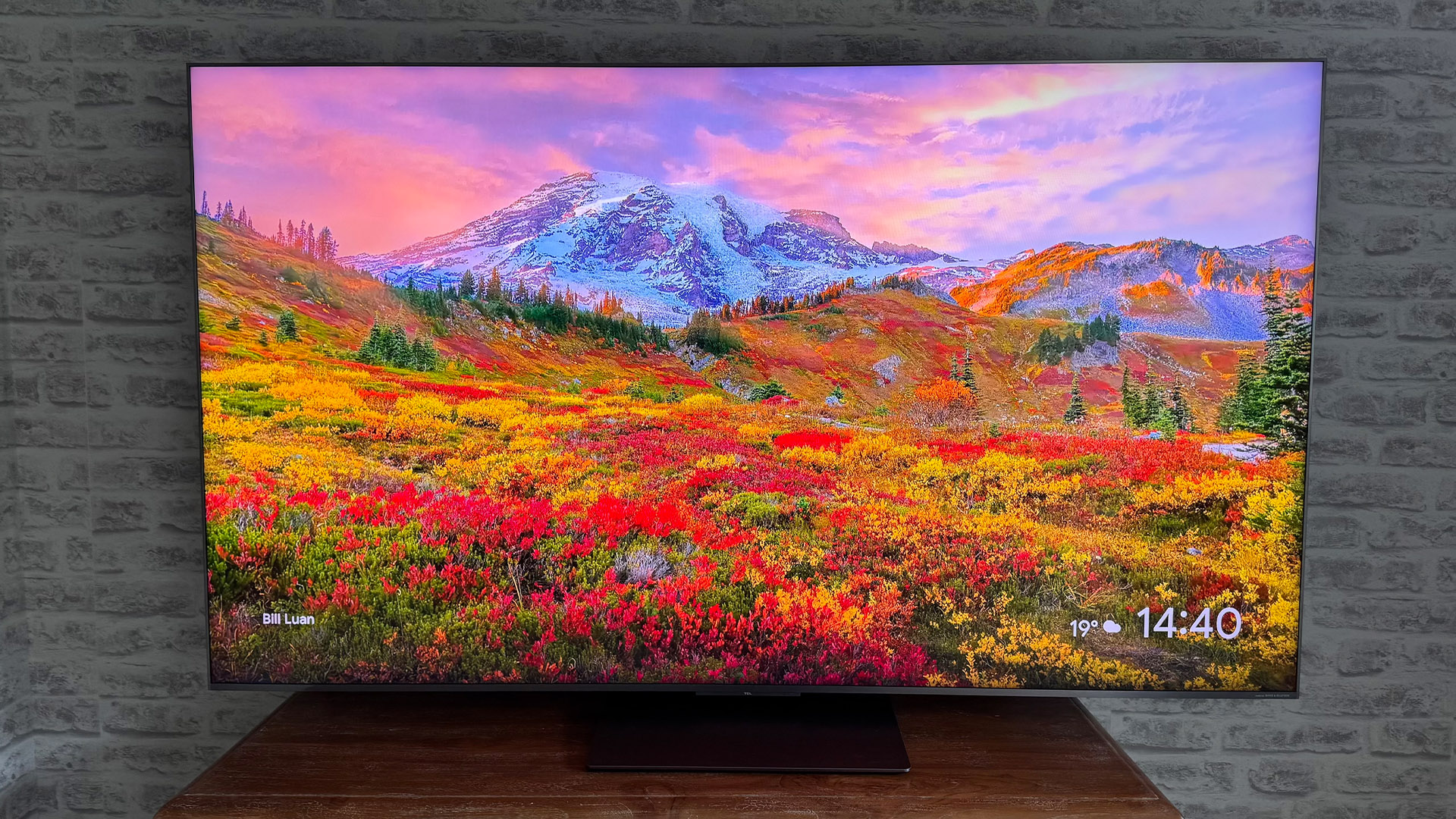
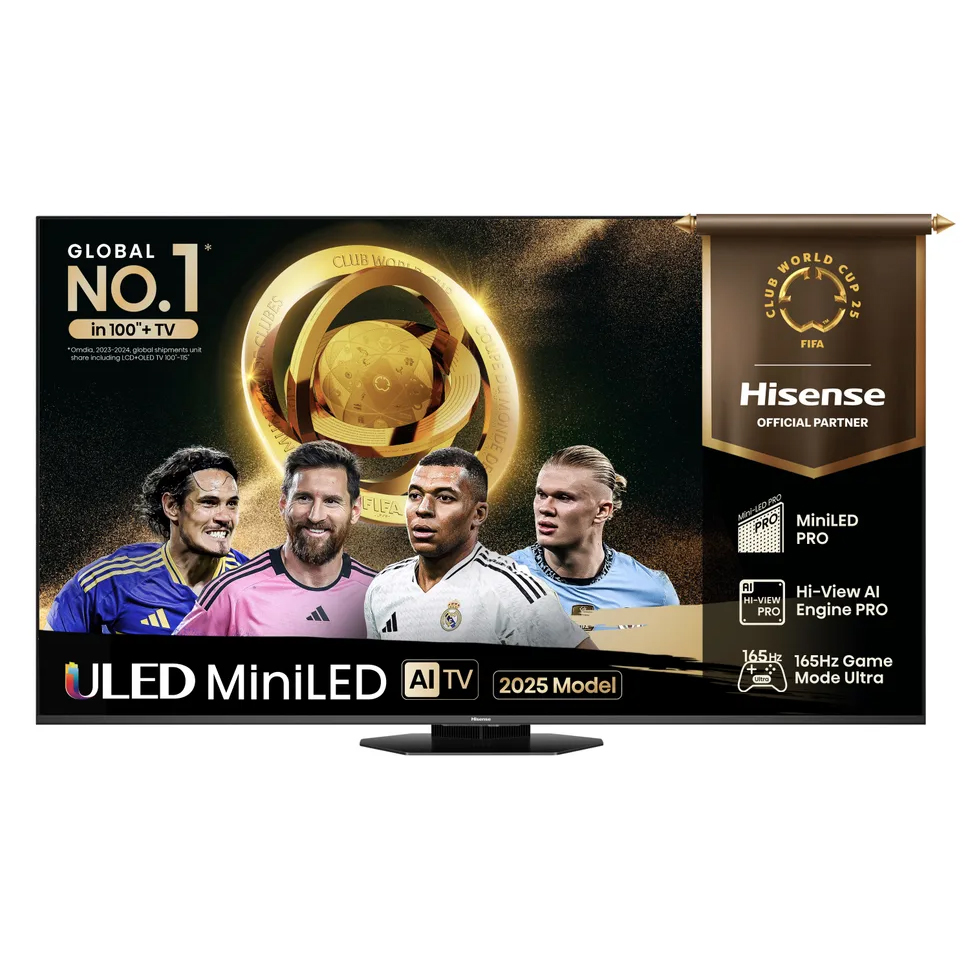
Screen sizes: 65 inches (also available in 55, 75, 85, and 100 inches)
Type: Quantum Dot LCD
HDMI inputs: x 3 (all 48Gbps HDMI 2.1)
Gaming features: 4K/165Hz, 4K/120Hz, VRR, ALLM, Dolby Vision game mode
Dimensions (hwd, without stand): 84 x 145 x 4.5cm
The Hisense wins on raw specs and peak wow factor when everything aligns, but the TCL is more accomplished overall – it's consistent, requires minimal tweaking, and extracts more bang for your buck.
Pros
- Spectacular brightness and colour
- Impressive black levels and contrast
- Meaty audio
Cons
- Various backlight distractions
- Slightly inconsistent feel to pictures
- Feels a bit expensive
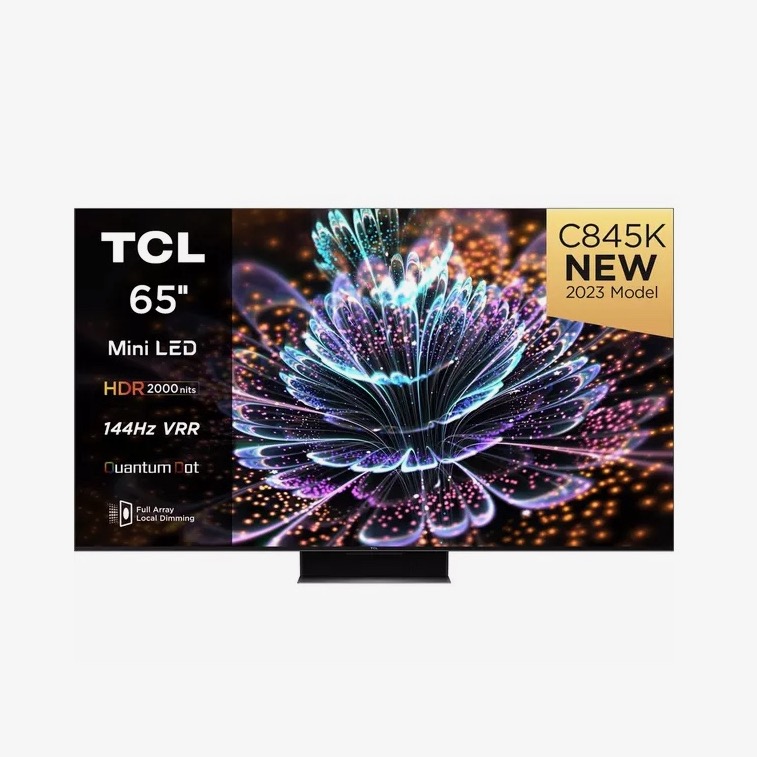
Screen sizes: 65 inches (also available in 75, 85 and 98 inches)
Type: Quantum Dot LCD
HDMI inputs: x 4 (x 2 48Gbps HDMI 2.1)
Gaming features: 4K/144Hz, 4K/120Hz, VRR, ALLM, Dolby Vision game mode
Dimensions (hwd, without stand): 83 x 145 x 5.9cm
The C8K prioritises balance and refinement, using its panel to deliver a consistent, halo-free picture. It wins on value, picture accuracy and aesthetic design, but requires a soundbar to make up for its lightweight audio performance.
Pros
- Excellent brightness
- Great backlight control and colour
- Good value
Cons
- Occasional misplaced audio focus
- Only two HDMI 2.1 sockets
If you’re planning on buying one of the best TVs and have settled on a Mini LED over an OLED TV, you might have brands like Hisense and TCL on your radar.
With that in mind, we’re comparing two top 65-inch Mini LED sets in the form of the Hisense U8Q and TCL C8K, both of which we’ve thoroughly reviewed. Read on through to see which model deserves your cash…
Hisense U8Q vs TCL C8K: price

The 65-inch Hisense U8Q (or QM8K in the US) launched at $1600 / £1699 / AU$2999. However, at the time of writing, it’s dropped considerably in price, down to £1299 at most retailers.
The TCL C8K has also seen a price drop. While it launched at $1600 / £1599 / AU$2999, it can currently be found for around £1149 in the UK.
** Winner: TCL C8K **
Hisense U8Q vs TCL C8K: design and build
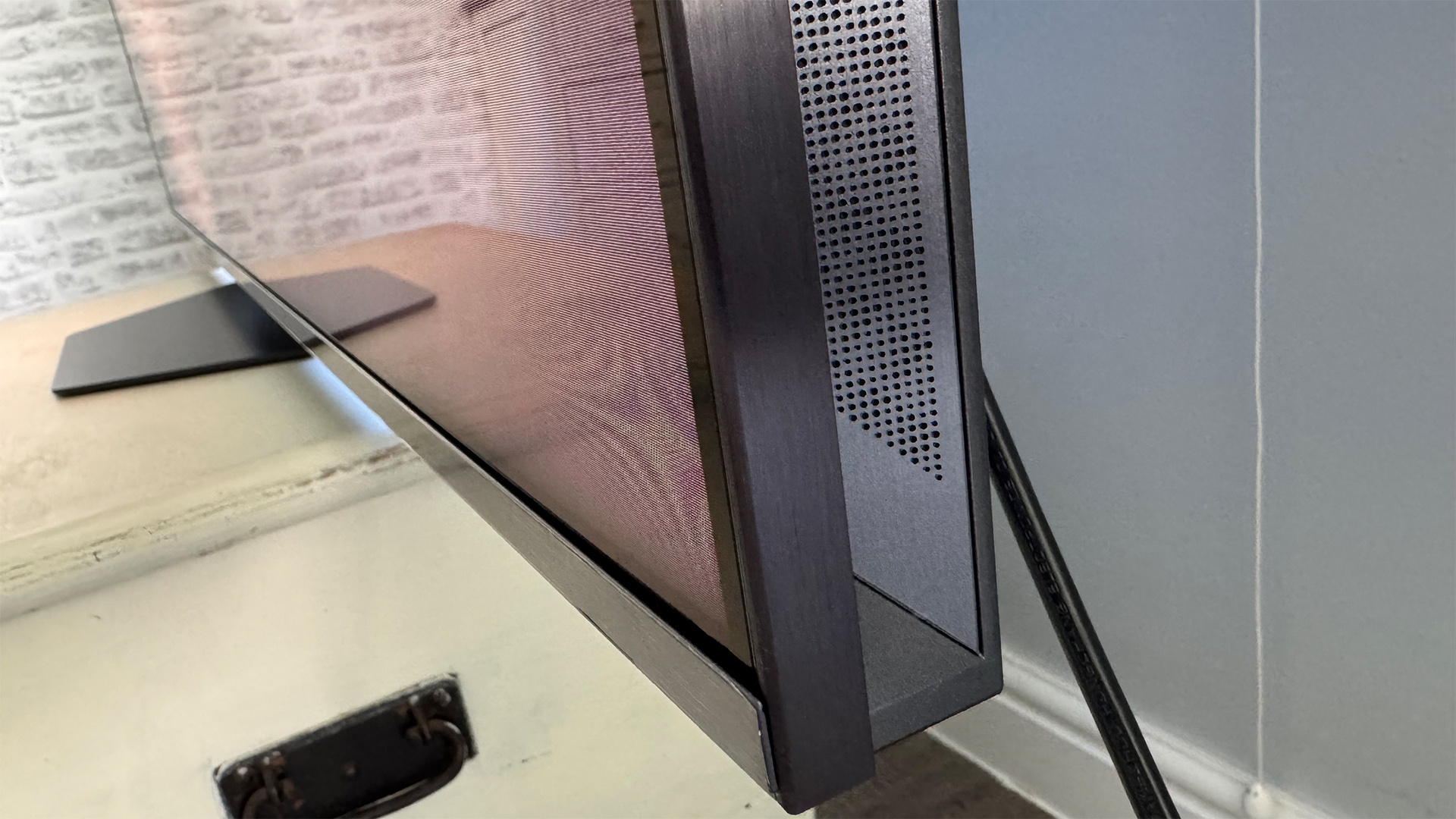
The Hisense U8Q is built like a tank, and is significantly heavier and chunkier around the back than the TCL, largely to accommodate a substantial built-in subwoofer and metal-covered side speakers.
It prioritises sturdiness over sleek elegance, but it does have a practical ace up its sleeve – the central metal footplate is height-adjustable. This allows you to raise the screen to slide a soundbar underneath without blocking the view – a clever touch.
The latest hi-fi, home cinema and tech news, reviews, buying advice and deals, direct to your inbox.
The solar-powered remote is functional, with a gleaming silver circle of navigation buttons, but it is unusually large by modern standards.
The TCL C8K, meanwhile, features what the brand calls a ‘ZeroBorder’ frame, resulting in an ultra-slim bezel and practically no black border within the screen area.
The rear panel is uniformly flat with a cross-hatch pattern – a boon for wall-mounters – and it sits on a premium, brushed silver metal plate stand made from aerospace-grade aluminium alloy.
Control-wise, TCL provides a sharply cut, metal-finished remote that feels premium. It’s a stylish package that looks significantly more expensive than its price tag suggests.
** Winner: Draw **
Hisense U8Q vs TCL C8K: picture quality

Both televisions use Mini LED backlights to drive extreme brightness, but they handle that power very differently.
The Hisense U8Q makes a spectacular first impression. Fire up Dune: Part 2, and you’re instantly aware of how dazzlingly bright this screen is. Boasting a claimed peak of 5000 nits and 2048 dimming zones, it hits brightness peaks that are up there with the most intense we have ever seen. In Standard mode, the contrast is superb, with deep, inky blacks that don’t grey over even when sitting against bright highlights.
However, the U8Q suffers from inconsistency. While the Standard mode is punchy, skin tones can sometimes look a bit green and plasticky. More frustratingly, the Dynamic Tone Mapping can be "over-enthusiastic", occasionally clipping bright highlights or causing sudden jumps in brightness mid-shot. We also noted that very dark scenes can sometimes look hollow, with shadow detail getting crushed into black.
We also found Hisense’s Filmmaker Mode – which should be the go-to setting for accuracy – to be oddly dim, introducing a reddish tint while causing black levels to look greyer than they do in the Standard mode. On the plus side, the Hisense handles motion beautifully, suppressing judder and smearing without looking artificial or invoking the dreaded soap opera effect.
The TCL C8K feels like the more mature performer. Despite having fewer dimming zones on paper (1680), its Halo Control technology – which includes a new 23-bit light control algorithm – is remarkably effective. Combined with the new ‘CrystGlow’ panel (claimed to offer five times the contrast of IPS screens), it delivers extreme brightness with a level of control that the Hisense struggles to match.
Crucially, the TCL avoids the floating blacks and backlight blooming distractions that can plague LCD TVs, although we did spot very faint traces of blooming in the black bars of ultra-wide films.
Unlike the Hisense, the TCL’s Filmmaker Mode is excellent, retaining those deep blacks and natural colours without looking flat. It does lose points on motion, however – the default Medium setting is heavy-handed, though this is easily fixed by switching it to Low.
** Winner: TCL C8K **
Hisense U8Q vs TCL C8K: features and processing
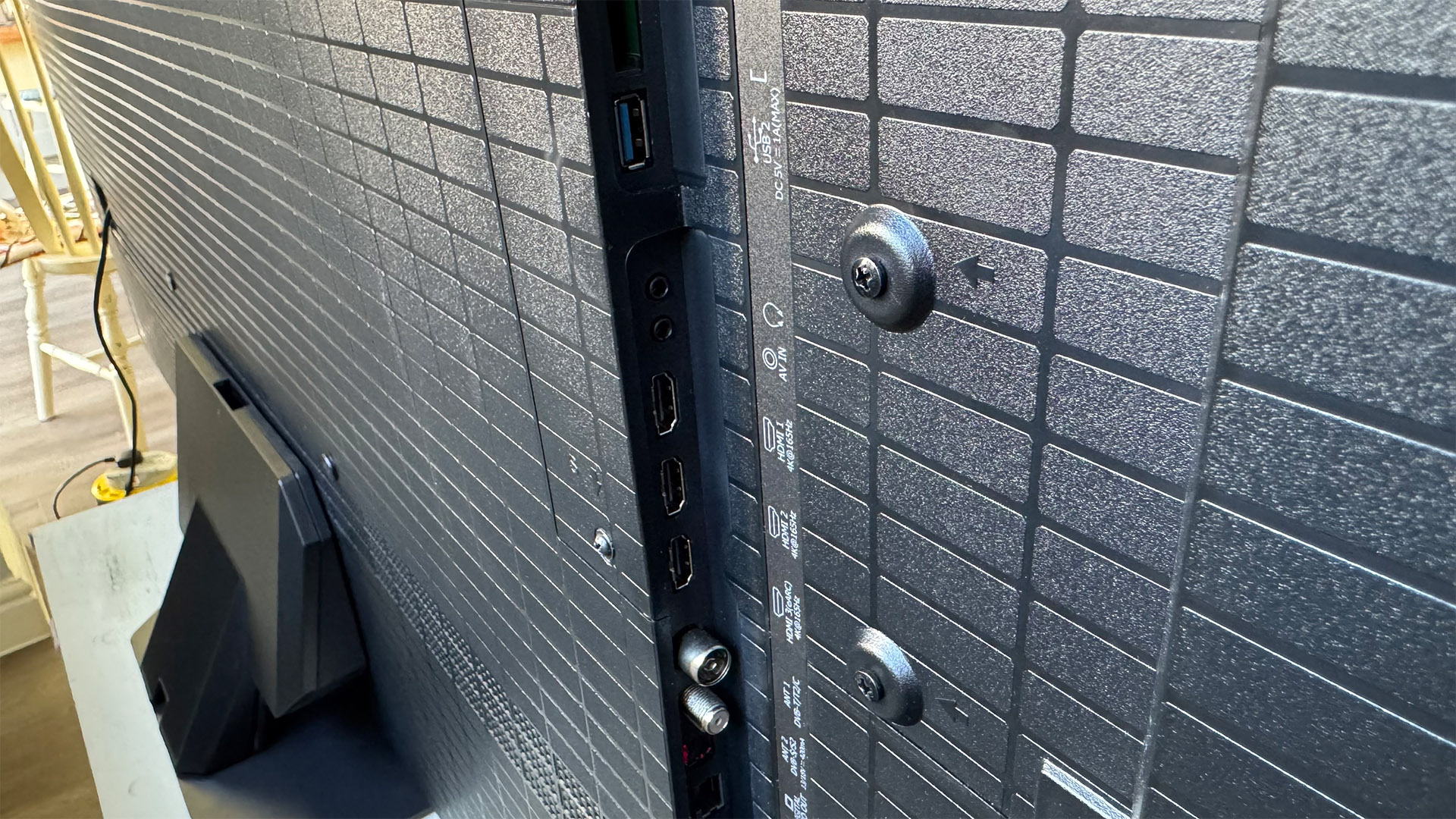
The Hisense U8Q is powered by the new Hi-View AI Engine Pro, which boasts a 1.6x faster CPU, 2.2x faster GPU, and 1.5x faster NPU than its predecessor. It uses this power to drive a host of features, including IMAX Enhanced accreditation, which the TCL lacks.
It’s also a powerhouse for gamers, supporting refresh rates up to 165Hz via its Game Mode Ultra. However, the U8Q has a quirky connectivity layout – it only has three HDMI ports. While all three are high-bandwidth HDMI 2.1 sockets, having only three inputs on a flagship TV is disappointing. It attempts to make up for this with a rare USB-C style DisplayPort input on the side – a curiosity more suited to PC monitors than TVs.
The TCL C8K supports 144Hz natively and can simulate up to 288Hz (at half vertical resolution) via its Game Accelerator technology. It features the standard four HDMI inputs, though only two of them are full-speed HDMI 2.1 ports. It also includes an Intelligent picture setting and an AI Artworks screensaver mode with 100,000 pre-generated images.
On the OS front, the TCL runs Google TV, ensuring access to a massive library of global apps. However, it lacks the Freeview Play integration that aggregates UK catch-up apps, meaning you have to launch BBC iPlayer or ITVX individually.
The Hisense runs its proprietary VIDAA system. While not as flashy as Google TV, it is simple to us,e and includes Freely support for live streaming broadcast channels over wi-fi.
** Winner: Draw **
Hisense U8Q vs TCL C8K: sound
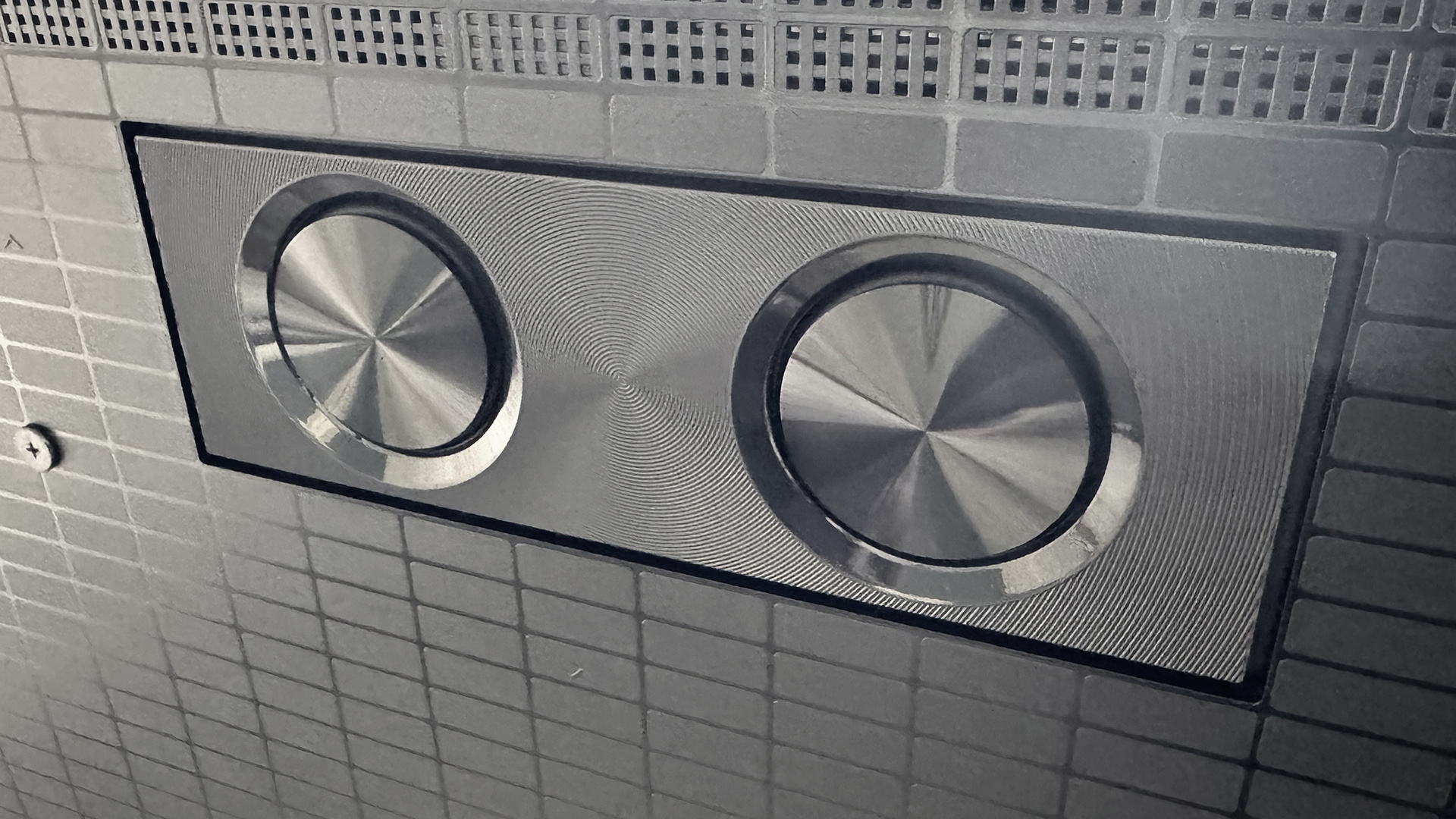
With modern TVs getting thinner, audio usually suffers, but Hisense has refused to compromise. The U8Q utilises a 4.1.2 channel system with 70W of power and a large dedicated subwoofer built into the rear.
The result is a big, loud soundstage with bass weight that gives action movies real punch. It also supports Hi-Concerto, allowing the TV speakers to sync with compatible Hisense soundbars for a bigger soundstage.
However, the Hisense’s bass can sometimes lack discipline, sounding lethargic or distorted during complex scenes.
TCL partnered with Bang & Olufsen for the C8K. The build quality of the speakers is excellent, and the sound is distinctively clean, crisp, and detailed.
It places effects accurately around the screen, and dialogue is always intelligible. Unfortunately, the C8K lacks a dedicated bass driver, meaning it sounds rather lightweight compared to the Hisense. It can become brittle at high volumes and lacks the cinematic rumble required for blockbusters.
** Winner: Hisense U8Q **
Hisense U8Q vs TCL C8K: verdict
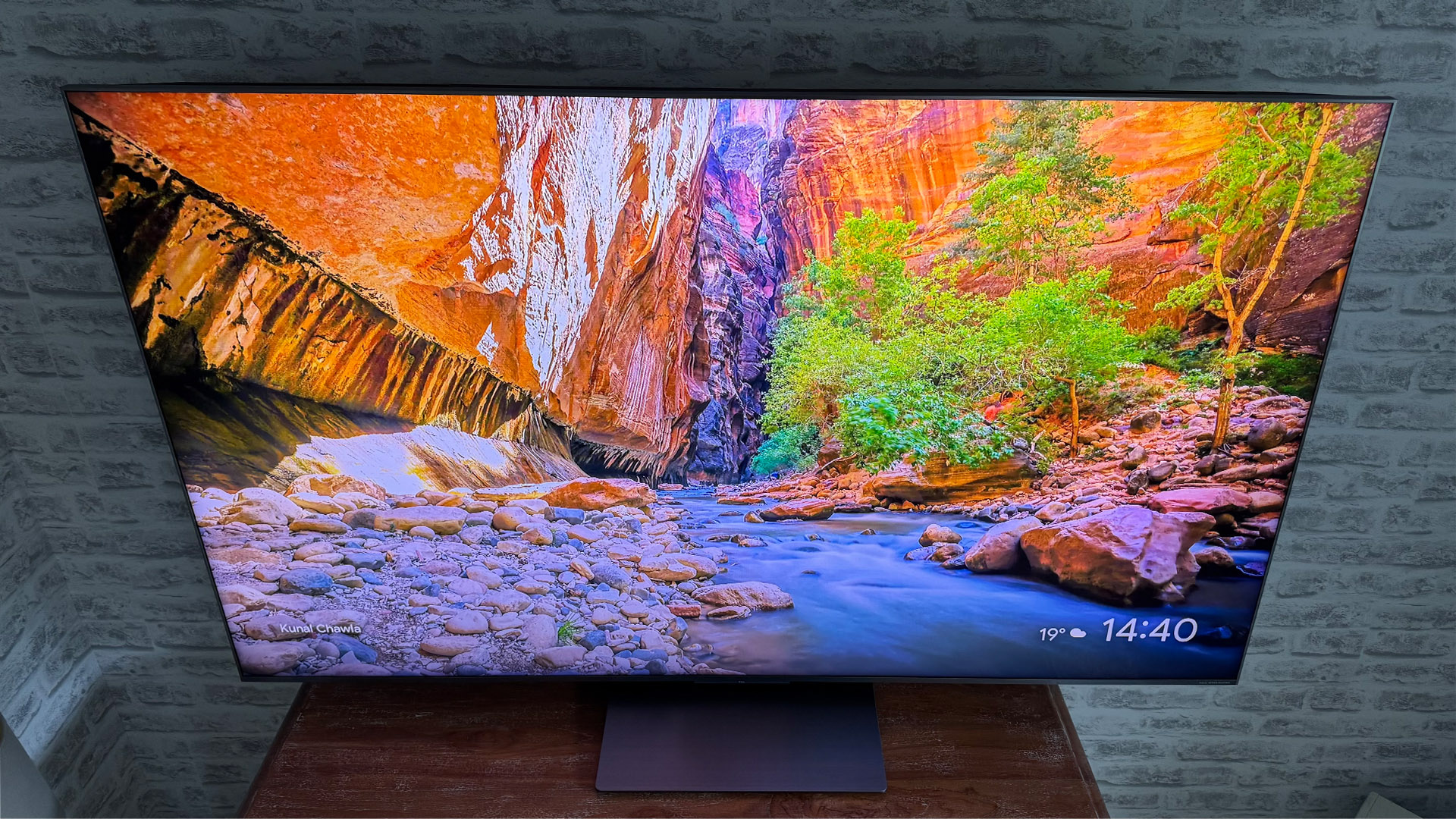
The Hisense U8Q offers huge sound, superb build quality, and brilliant motion handling, and in its Standard picture mode, it delivers contrast and brightness that can be truly jaw-dropping.
However, it’s let down by having only three HDMI ports, and uneven picture processing that struggles with skin tones.
The TCL C8K is the more complete package, combining its blinding Mini LED brightness with a level of refinement and lighting control that Hisense hasn’t quite mastered yet.
It looks better on the wall, costs significantly less, and delivers a stunning picture whether you are watching vivid sports or a dark, moody movie, earning it five stars over its Hisense rival’s four stars.
** Overall Winner: TCL C8K **
MORE
Read our Hisense U8Q (65U8QTUK) review
QLED vs LED: the two TV panel technologies compared
Read our TCL C8K review

You must confirm your public display name before commenting
Please logout and then login again, you will then be prompted to enter your display name.
